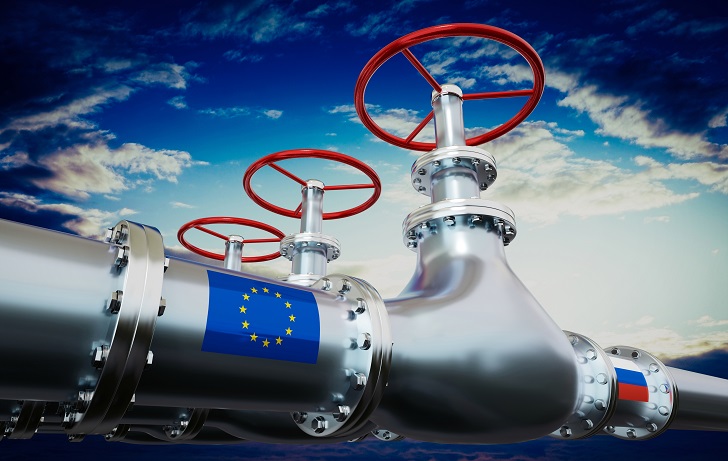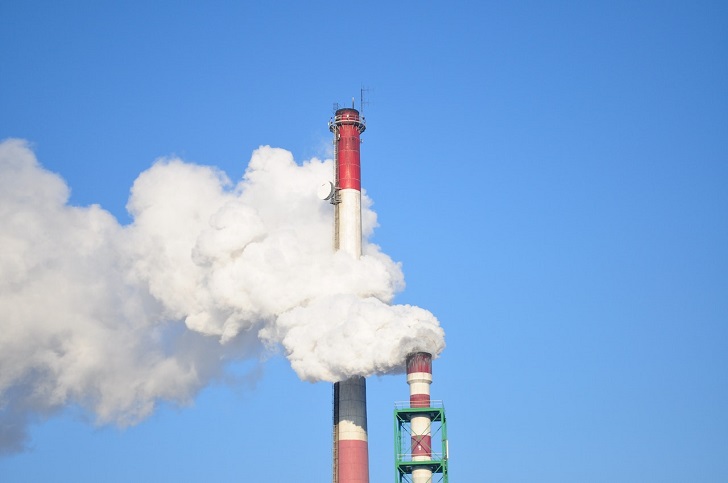Russia's gas export infrastructure has long been focused on serving its significant customers in the West, but recent events have highlighted the importance of finding new markets for its gas.
As tensions with Ukraine have impacted Russia's ability to export gas to Europe, the country has been forced to look for other opportunities to expand its gas exports. This blog post will explore Russia's current gas export infrastructure and examine the country's efforts to find new markets in the East and beyond.

Efi Koutsokosta/ Euronews | Russia accounted for about 45 percent of the EU's gas imports and 40 percent of its entire gas consumption
Russia's Gas Export Infrastructure
Russia's gas export infrastructure primarily focuses on serving its major European customers, including Germany, Italy, Turkey, and other countries that rely on Russian gas to meet their energy needs. However, the conflict between Russia and Ukraine has highlighted the risks associated with relying too heavily on this market.
The annexation of Crimea in 2014 led to concerns about Russia's ability to maintain its gas exports to Europe, and tensions with Ukraine have made it clear that diversification of export markets is necessary. To that end, Russia is exploring the potential of new markets in the East.
Russia's Search for New Markets
Russia wants to expand its gas exports to existing and new markets. In Asia, the Power of Siberia pipeline, which began operations in December 2019, brings gas supplies to China. Gazprom, Russia's state-owned gas company, signed a massive $400 billion, 20-year supply deal with China's National Petroleum Corporation (CNPC) in 2014.

Anthony Wright/ Shutterstock | Russia exports most of its natural gas through an extensive network of pipelines
Beyond China, there are also opportunities to increase gas exports to South Korea, Japan, and other regional countries. Turkey is also an important transit country for Russian gas to Europe, and Russia is exploring the potential of new routes that would allow gas to reach Europe via Turkey.
Boosting Domestic Demand for Gas
Russia's plans to increase access to gas across its territories by 2030 include building new pipelines, increasing gas storage capacity, and expanding the use of liquefied natural gas (LNG).
Moscow aims to increase the share of natural gas in its domestic energy mix and reduce dependence on coal and oil. Gazprom is investing in constructing LNG production facilities, which will help boost domestic gas consumption.
Challenges and Opportunities
Despite the potential upside of diversifying export markets, Russia's efforts face several challenges. Building new infrastructure to facilitate exports to Asia will require massive investments, and competition from other gas exporters, notably the United States, is increasing.

Pixabay/ Pexel | Russia faces competition in the global gas market from other major producers, such as the United States, Qatar, and Australia
In recent years, lower global gas prices have put pressure on Russia's ability to maintain high-income levels from its gas exports. However, finding new export markets could also bring opportunities for increased cooperation and collaboration with other countries in areas such as energy security and climate change.
Conclusion
Russia's gas export infrastructure has long been focused on the West, but recent events have demonstrated the risks of relying too heavily on this market. As a result, Russia is looking to diversify its export markets to the East and beyond while promoting gas use domestically.
While this will require significant investment and face challenges, it presents a potential opportunity for collaboration with new markets and increased energy security for Russia and other countries.

